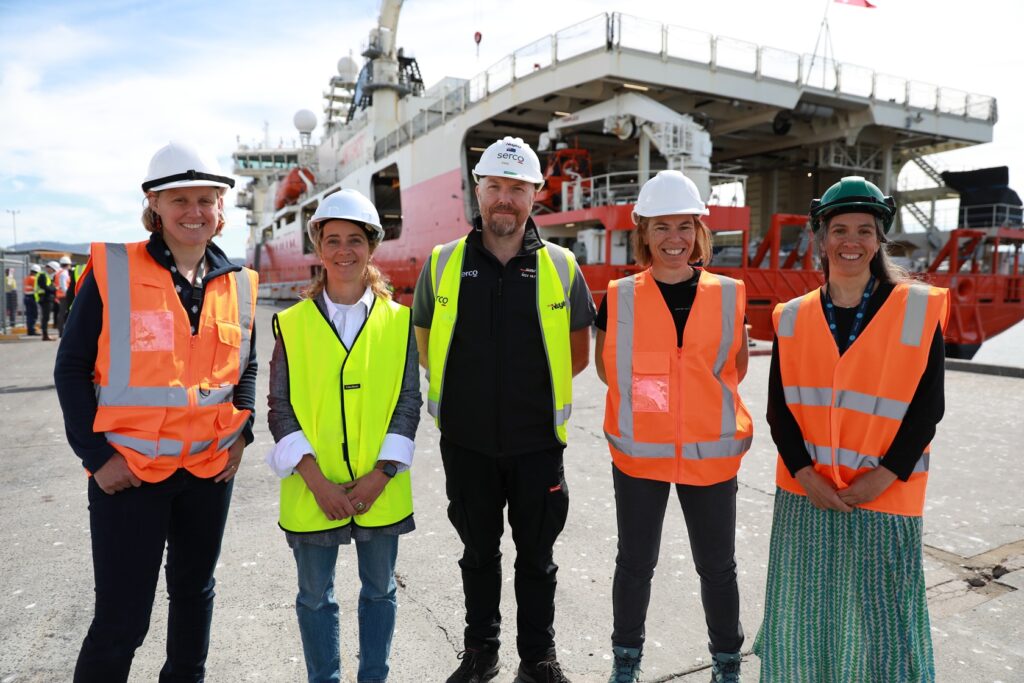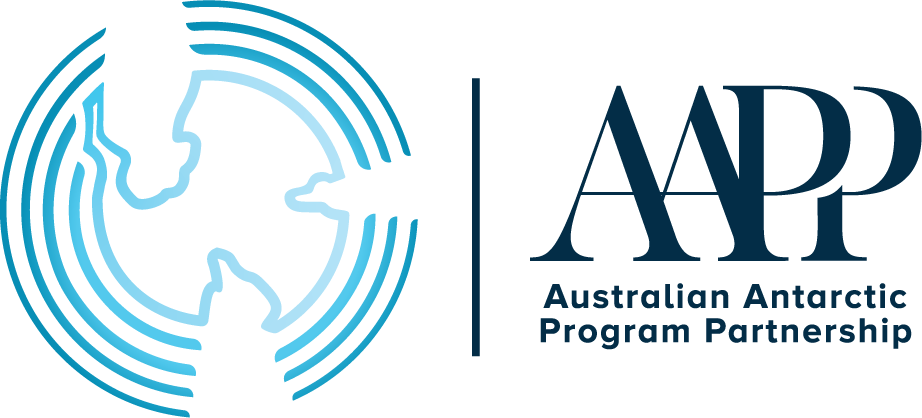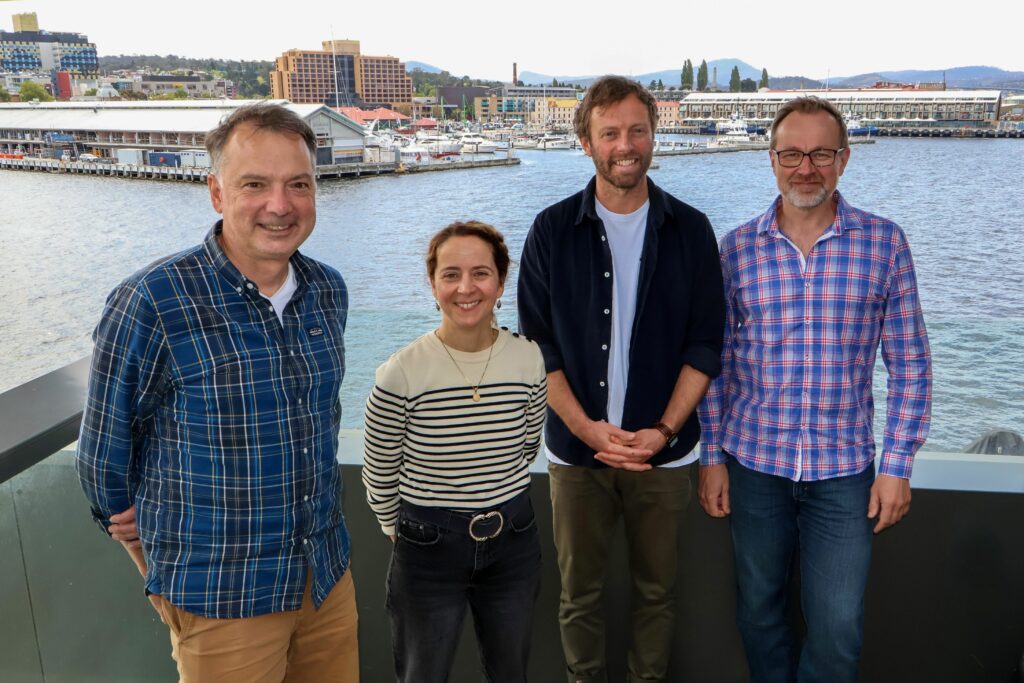First marine science voyage to probe vulnerable Antarctic glacier
21 February 2025
More than 60 Australian and international scientists are preparing to depart for East Antarctica on RSV Nuyina.
This will be the first dedicated science voyage by Australia’s national icebreaker RSV Nuyina (pronounced ‘noy-yee-nah’), targeting the Denman Glacier region about 5,000 kilometres south of Australia.
The science is crucial for Australia’s future and the welfare of the global community, in a newly emerging region of concern for Antarctica’s contribution to sea-level rise: the Denman glacier-ice shelf system.
The 110-kilometre-long Denman Glacier drains a vast area of the East Antarctic Ice Sheet. It sits on the seafloor about 3.5 kilometres below the surface, making it the deepest known glacier on Earth.
The discovery of Antarctica’s deepest subglacial trough beneath the Denman Glacier, combined with high melting rates at the grounding line, raises alarm bells about its vulnerability to a warming ocean.
The most northerly ice-shelf system outside the Antarctic Peninsula, the Denman Glacier is already one of the fastest retreating glaciers in Australian Antarctic Territory. If the Denman were to melt entirely, it alone could contribute around 1.5 metres to global sea level rise.

Collaborative research program
The two-month Denman Marine Voyage under the Australian Antarctic Program brings together diverse teams of highly-skilled researchers and the icebreaker’s world-leading scientific capabilities to answer critical questions about the ocean, ice and climate.
The research program is multidisciplinary in nature and a collaboration between four of Australia’s leading Antarctic science organisations from government and universities: the Australian Antarctic Division (AAD), the Australian Antarctic Program Partnership (AAPP), the Australian Centre for Excellence in Antarctic Science (ACEAS), and Securing Antarctica’s Environmental Future (SAEF).
The on-board science teams – mostly from universities with a significant number of early-career scientists and PhD students – will undertake research such as:
- Revealing life on the seafloor – such as octopus, sea spiders, starfish and urchins – to understand its diversity and distribution and inform conservation (SAEF)
- Mapping the bathymetry (shape and depth) of the ocean floor to determine the pathways for warm water to travel from the edge of the continental shelf to the Denman Glacier (ACEAS/AAPP)
- Collecting rock samples and cores of ocean sediments to reconstruct the advance and retreat of the Denman Glacier over many thousands of years (ACEAS)
- Tagging seals with ocean monitoring devices (ACEAS)
- Collecting biological and chemical data to explain why waters in the west are more productive than the west (ACEAS)
- Measuring physical and chemical properties of the ocean using state-of-the-art sea gliders, floats and moorings to determine its role in current and future ice mass loss and therefore, sea level rise (AAPP)
- Use of radar, atmospheric monitors and weather balloons to improve climate projections by tracing how clouds form near Antarctica (AAPP)
- Documenting how krill and other zooplankton respond to ocean warming and acidification to understand the future health of the Antarctic marine ecosystem (AAPP)
- Sampling of trace animal DNA in the water to determine what lives in the area (AAD)
The voyage is scheduled to leave Hobart on 28 February and return in early May.



